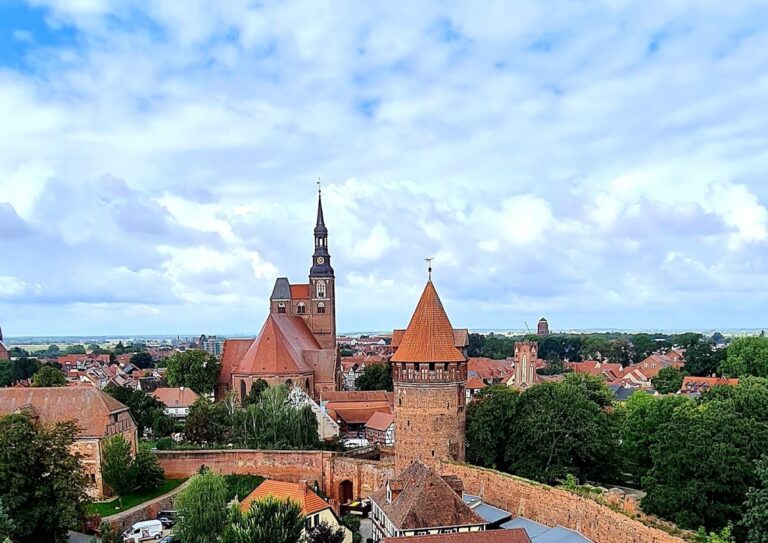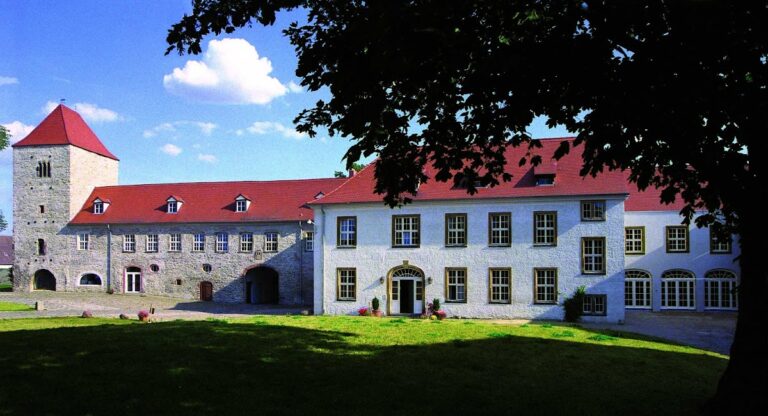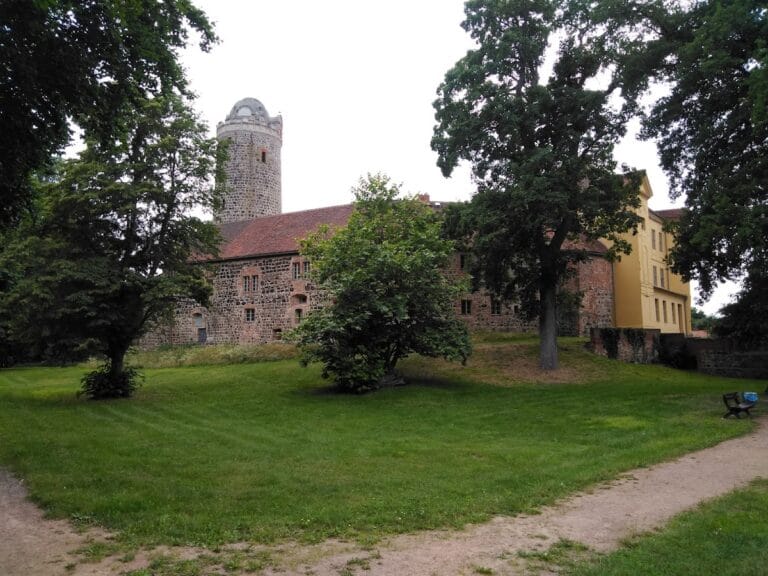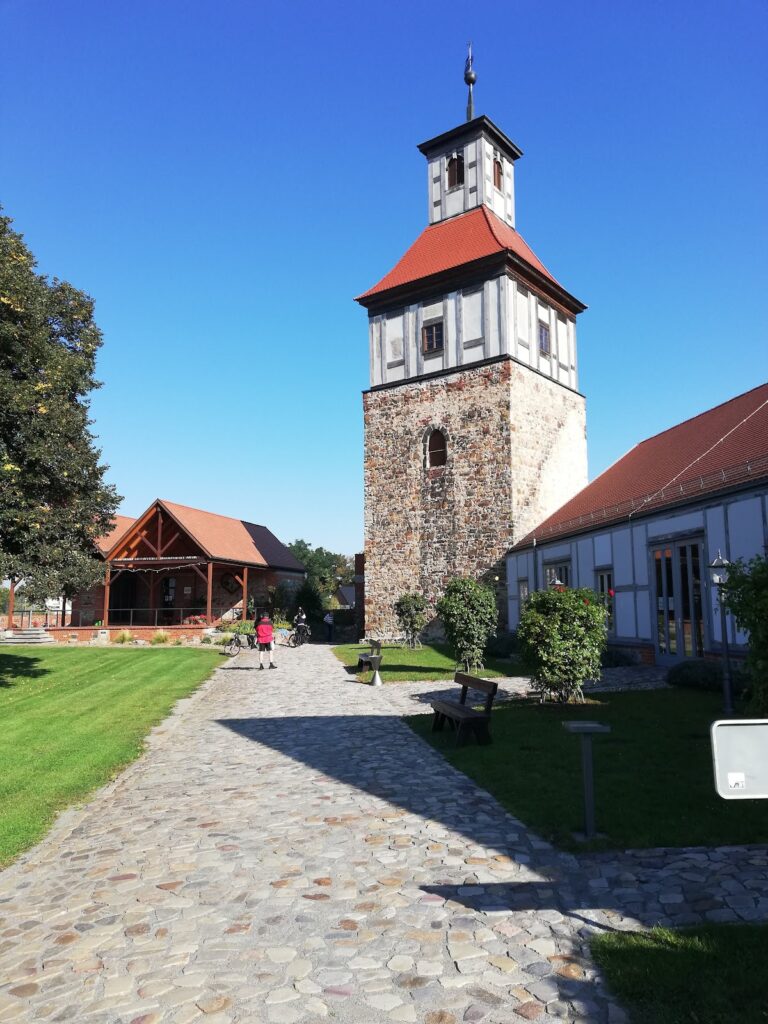Rogätz Castle: A Historic Fortress on the Elbe River in Germany
Visitor Information
Google Rating: 4.6
Popularity: Very Low
Google Maps: View on Google Maps
Country: Germany
Civilization: Unclassified
Remains: Military
History
Rogätz Castle stands on the western bank of the Elbe River in the municipality of Rogätz, Germany. It was originally built during the 10th century by Saxon rulers as a fortified border post intended to defend against Slavic groups.
The earliest known record of the settlement at Rogätz dates back to 1144, when King Conrad III confirmed Count Otto of Hillersleben’s donation of the village to the Bishop of Havelberg. Over the following centuries, control over the castle was disputed between the Margraves of Brandenburg and the Archbishops of Magdeburg. This rivalry concluded with the 1449 Treaty of Zinna, which granted Rogätz Castle to the Archbishopric of Magdeburg.
In 1369, the castle and its governing rights, including tolls on the Elbe River, were sold by Archbishop Albrecht to the Alvensleben family, specifically the Red Line branch. The Alvensleben family held the estate until 1850 and maintained control over extensive lands. A remarkable feature of their authority was the enforcement of toll and staple rights on river traffic, symbolized in legend by a golden chain said to encircle the castle’s tower foundation.
During the late 16th century, Rogätz reached a cultural height under Joachim I von Alvensleben, a humanist lord who supported the arts and scholarship between 1570 and 1582. Unfortunately, the castle suffered severe damage during the Thirty Years’ War in 1626 as it changed hands between Imperial and Danish armies. A devastating fire destroyed much of the fortress, after which it was not rebuilt as a castle.
Although the main structure was lost, the Alvensleben family continued to administer the estate through appointed officials until 1796. Ownership then passed through several hands until 1945, a period that included the residence of the physicist Max Planck during the Second World War.
Remains
Rogätz Castle was originally arranged as a four-winged complex built in the Renaissance style. Archaeological research and historical imagery suggest the structure resembled nearby Schloss Wolmirstedt, a similar episcopal residence known from mid-17th-century illustrations. The castle grounds were divided into an upper and lower bailey, areas once enclosed by fortifications.
The only surviving part of the original castle is the Klutturm, a prehistoric tower that remains visible at the meeting point of the Elbe and Ohre rivers. This tower stands prominently, serving as a reminder of the site’s ancient origins and long continuous occupation.
Following the Reformation in 1558, the castle chapel’s tower was converted into the village parish church. This tower now features a Baroque-style roof dating from around 1700. Inside the church, memorial plaques honor former owners, complemented by an intricately carved baptismal font that commemorates the lords of Rogätz.
The castle estate once held important economic privileges, symbolized by a legendary golden chain said to encircle the tower’s base. Historically, this chain physically barred river traffic as part of the enforcement of toll and staple rights along the Elbe, emphasizing the castle’s role in controlling trade.
By the 20th century, a reconstruction image created in 1935 by Anco Wigboldus depicted how the castle appeared around 1895, showing the main defensive tower, known as the bergfried, and the surrounding landscape formed by the confluence of the Ohre and Elbe rivers. The image does not include later additions such as the 1898 manor house designed by Reinhold Himburg. Today, the castle’s former fortifications along the riverside have disappeared, and the upper and lower baileys have been repurposed for agricultural buildings.







